The fourteen allergens
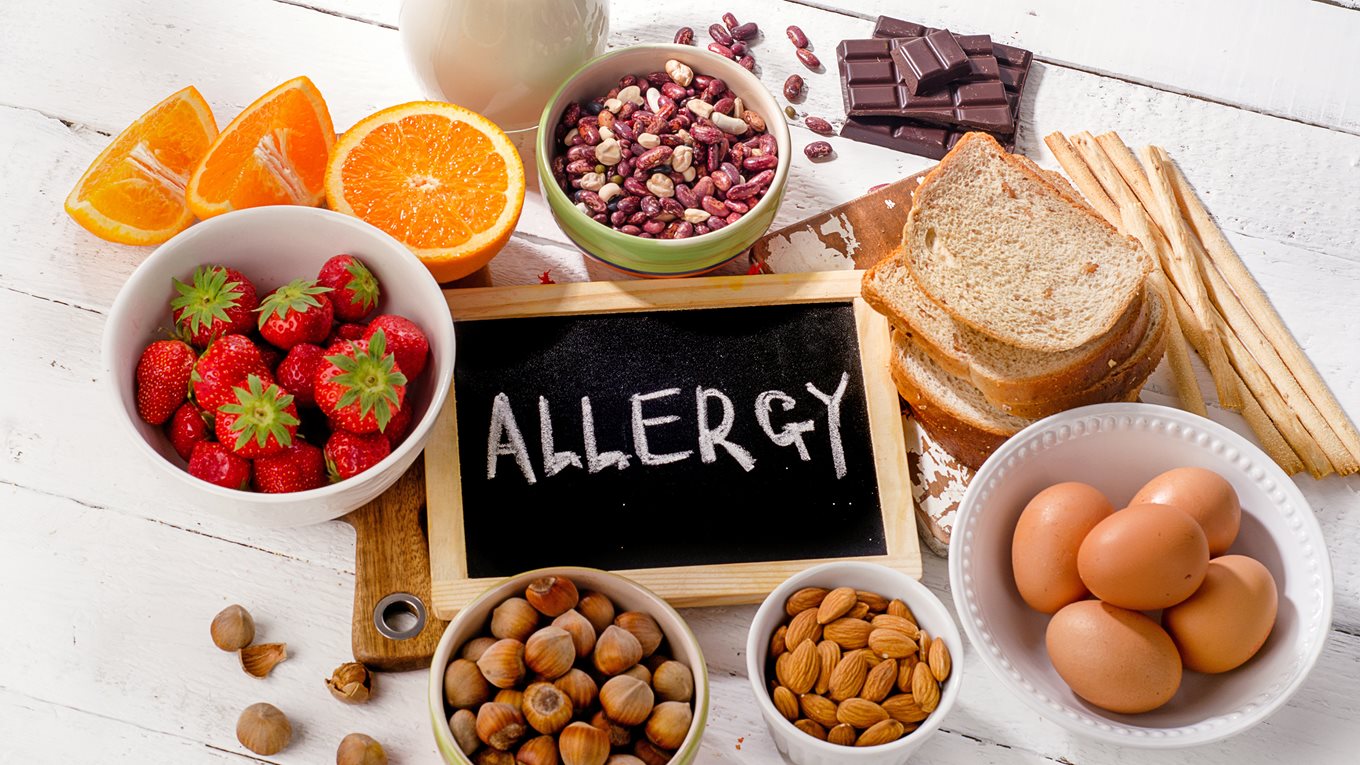
Here's an outline of the fourteen individual food allergens.
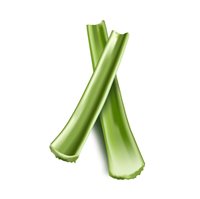 Celery
Celery
This includes the stalk (stick) and the root (celeriac), celery salt and celery seeds.
People are more likely to be allergic to celeriac than to the stalk but both can cause severe reactions. Celery is a common cause of oral allergy syndrome.
Celery and celery products can be found in the following:
- Salads
- Prepared vegetables
- Soups, sauces, stocks and tomato-based drinks like Bloody Mary.
 Crustaceans
Crustaceans
Crustaceans includes crab, lobster, prawn, shrimp, langoustine, crayfish, etc. Marine crustaceans and molluscs are often collectively referred to as ‘shellfish’. An allergy to crustaceans can be severe with a risk of anaphylaxis.
The allergenic proteins can be found in different species of crustacean so people who have a crustacean allergy generally need to avoid all types of crustacean. They may also need to avoid eating insects as well.
Crustaceans and crustacean products can be found in the following:
- They may be served on their own
- Fish cakes, pies and seafood chowder
- Soups, stocks and processed foods
Allergic reactions to egg and egg products can range from slight to very severe, including anaphylaxis. This applies to all eggs, not just those from chickens.
The main proteins causing reactions are in the egg white. Also derived from egg are albumen, lecithin-emulsifier (E322) and Lysozyme.
 Eggs
Eggs
Egg allergy is common in children, but about 50% of infants with an egg allergy will grow out of it by age three.
Eggs and egg products can be found in the following:
- Baked goods including bread, cakes and pies
- Fresh pasta dishes
- Desserts and ice cream
- Food containing ingredients listed as albumen, lecithin-emulsifier (E322) and lysozyme
- Egg may also be used to stick down the ends of spring rolls, to glaze pastry, to bind the meat in burgers and so on.
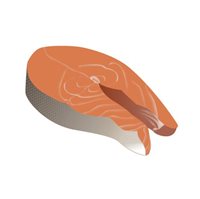 Fish
Fish
Fish allergens can trigger severe reactions including anaphylaxis.
Some people can react to the vapours produced when fish is being cooked.
Some people who have had an allergic reaction to one type of fish have been advised to avoid all fish because of similar allergens.
There is a risk of cross-contamination during harvesting and processing.
Fish and fish products can be found in the following:
- Worcester sauce, Caesar salad, salad dressings and pizza toppings
- Soups and stocks, pastes, stir-fry mixes and oriental sauces.
- Surimi, a fish-based food that is used as a substitute for crustaceans and shellfish.
 Gluten
Gluten
People need to avoid gluten if they are coeliac or have a gluten intolerance.
Gluten can be found in the following:
- Breads, cereals, pastry products, pasta, pizza, biscuits and cakes
- Products coated in bread-crumbs or batter, and products dusted with flour before cooking.
- Sauces as a thickener, stock cubes, gravy granules, spice mixes, sausages and burgers.
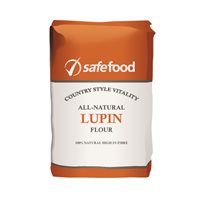 Lupin
Lupin
Because lupin is related to peanut it contains similar allergens and can trigger anaphylaxis. So people with a peanut or nut allergy should avoid lupin.
Lupin seeds can be found in the following:
- Speciality breads
- Flour used in pastry products including pies, pizzas, pasta
- Battered foods
.jpg?width=200&height=199) Milk
Milk
Cow’s milk allergy is normally associated with infants and young children and most grow out of it by age eight. Allergic reactions to milk and milk products can range from slight to very severe including anaphylaxis.
People allergic to milk will need to avoid milk and milk products from cows, sheep, goats and other animals.
People intolerant to milk are usually intolerant to lactose. They do not have the enzyme lactase in their gut to help them digest lactose.
Milk and milk products can be found in the following
- Dairy products including butter, buttermilk, milk powder, cream, cheese, yoghurt and ice cream
- Butterfat, butter oil, ghee (clarified butter), curds and whey, casein, sodium and calcium caesinate, fromage frais
 Molluscs
Molluscs
Molluscs include mussels, scallops, oysters, clams, snails, periwinkles, whelks, squid and octopus. Marine molluscs and crustaceans are often collectively referred to as "shellfish". An allergy to molluscs can be severe with a risk of anaphylaxis.
The allergenic proteins can be found in different species of mollusc so people who have a mollusc allergy need to be careful with other kinds of mollusc as they might react to these as well. And it may not be just to marine molluscs; snails are also molluscs so escargot may best be avoided.
Molluscs and mollusc products can be found in the following:
- They may be served on their own
- Fish cakes, pies and seafood chowder
- Soups, stocks and processed foods (Eg. oyster sauce)
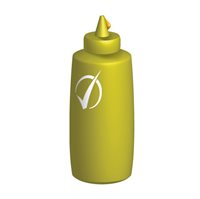 Mustard
Mustard
Allergy to mustard is uncommon on the island of Ireland compared to mainland Europe.
Mustard comes in many forms including as sprouted seeds, leaves, flowers, powder or flour, oil and as a condiment. People with a mustard allergy must avoid all forms of mustard.
Mustard and mustard products can be found in the following:
- Sauces, marinades, curries, soups, salad dressings
- Coatings
.jpg?width=200&height=199) Peanuts
Peanuts
Peanut allergens can trigger severe reactions including anaphylaxis.
Other names for peanuts include groundnuts, earth nuts, goobers, goober peas, ground peas, pindas, monkey nuts and Chinese nuts.
Peanuts are also used to produce oil and flour.
Refined peanut oil is unlikely to cause a reaction, but unrefined peanut oils are not suitable for anyone with a peanut allergy.
Peanuts and peanut products can be found in the following:
- Breakfast cereals, cakes, biscuits, pastries, breads, cereal bars, mixed nuts.
- Chinese, Thai or Indonesian dishes, including curries (the ethnic cuisines may also use unrefined peanut oil.)
- Chilli, satay or pesto sauce
- Lasagne
- Mixed salads, salad dips and dressings
- Desserts, including ice cream
- Peanut butter and nut spreads
- Vegetarian products
- Chocolate, sweets and nougat
- Yoghurts
- Hydrolysed vegetable protein
- Sausages and stuffing
- Stock and Worcester sauce
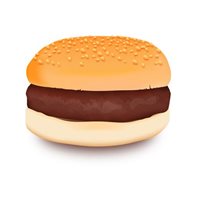 Sesame
Sesame
Sesame seed allergens can trigger severe reactions including anaphylaxis. Sesame seeds are also used to make pastes and oils.
Sesame seeds and sesame products can be found in the following:
- Bakery products, breads and rolls
- Sesame seed paste (tahini) and humus
- Middle-eastern dishes
- Halvah (a sweet confection)
- Gomashio (a dry condiment)
- Sesame oils
- Stir fries
 Shellfish
Shellfish
Shellfish allergens can trigger severe reactions including anaphylaxis.
People who react to one type of shellfish may react to others and very sensitive people can react to the vapours produced when shellfish is being cooked.
Shellfish includes crustaceans (e.g., crab, lobster, prawn, shrimp, langoustine, crayfish) and molluscs (e.g., mussels, scallops, oysters, clams, snails, periwinkles, whelks, squid and octopus.)
Shellfish and shellfish products can be found in the following:
- Fish pie and seafood chowder
- Soups, stocks and highly processed foods
- Sauces
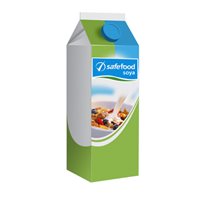 Soya
Soya
The soya bean can be ground to produce soya flour and textured vegetable protein and can be fermented to produce bean curd (tofu).
Lecithin (E322), which is used as an emulsifier, can be made from unrefined soya oil.
Soya and soya products can be found in the following:
- Baked goods, pastry, pasta dishes, cereals and processed meats.
- Tofu and dishes containing tofu
- Textured vegetable protein
- Meat products
- Vegetable oil
 Sulphites
Sulphites
Sulphur dioxide (SO2) and Sulphites at concentrations of more than 10 mg/kg or 10 mg/litre are labelled as ‘SO2’. Sulphites include sodium sulphite, sodium bisulphite, potassium bisulphite and potassium metasulphite (E220-228).
They are used as a preservative in many foods.
Sulphites can trigger asthma attacks.
Sulphites can be found in the following:
- Wine, beer and carbonated soft drinks
- Salads, fruits like pre-packed apricots, prepared vegetables
- Meat products like sausages and beef burgers
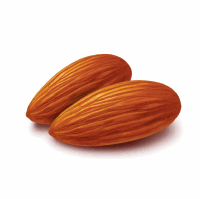 Tree nuts
Tree nuts
Tree nut allergens can trigger severe reactions including anaphylaxis.
Tree nuts include almond, hazelnut, walnut, cashew, pecan nut, Brazil nut, pistachio nut and macadamia nut (also know as Queensland nut).
Unrefined nut oils like sesame and walnut oil are not suitable for people with a nut allergy.
Tree nuts and tree-nut products can be found in the following:
- Breakfast cereals, cakes, biscuits, pastries, breads, cereal bars
- Chinese, Thai or Indonesian dishes including curries (the ethnic cuisines may also use unrefined nut oils)
- Chilli, satay or pesto sauce
- Lasagne
- Salad dips and dressings
- Desserts including ice cream
- Nut spreads
- Vegetarian products
- Unrefined cooking oils, including walnut and hazelnut oils
- Marzipan, praline and nougat
- Yoghurts
- Hydrolysed vegetable protein
- Sausages and stuffing
- Stock and Worcester sauce

